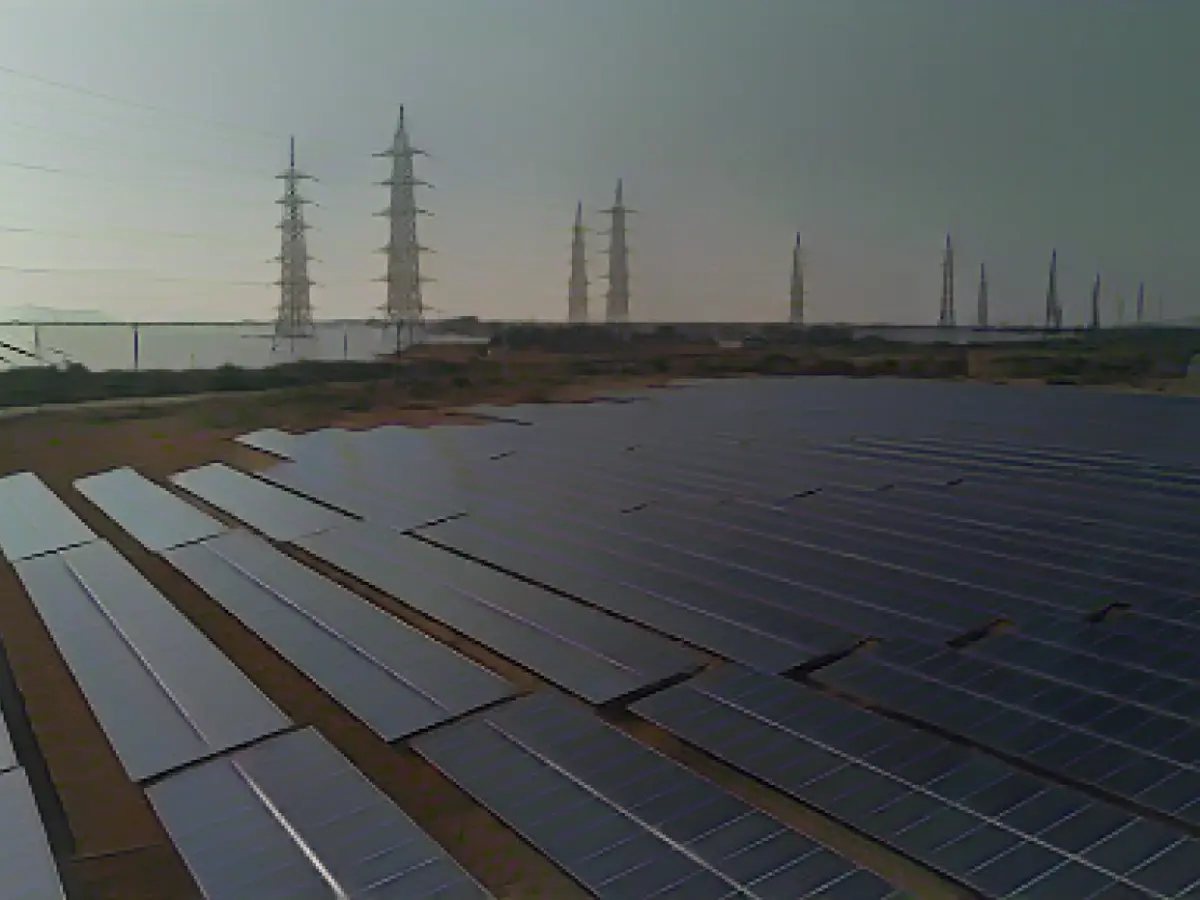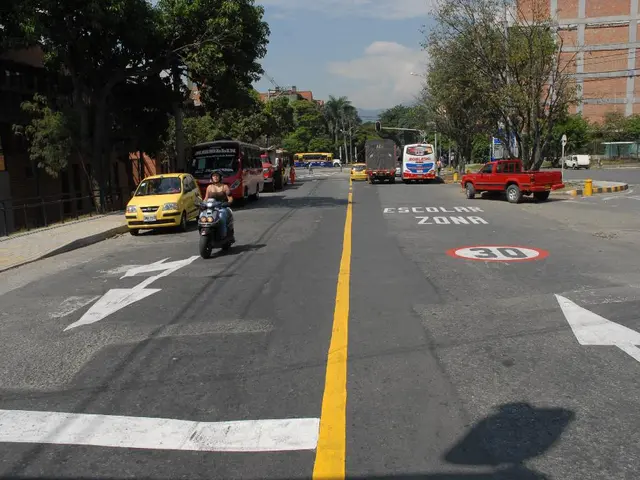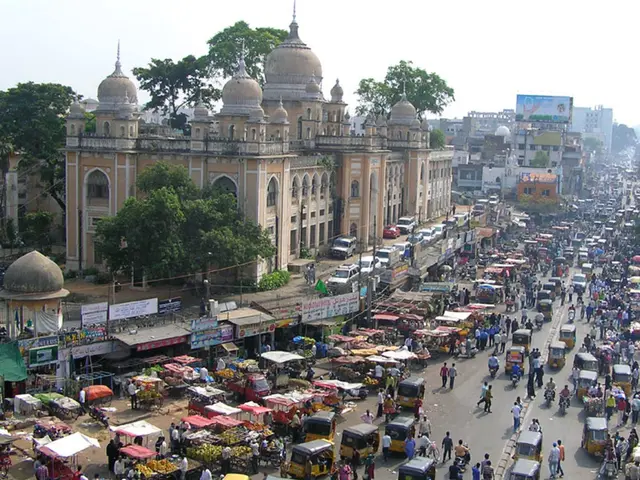Navigating the Balance: India's Quest for Wealth and Sustainability
As early as 1972, the world was warned of the intertwined issues of poverty and environmental degradation at the United Nations' first global environmental conference in Stockholm. Prime Minister Indira Gandhi, speaking at the event, expressed concerns over both the persistent poverty in her country and the importance of environmental preservation. These sentiments echo loudly in our current times as we grapple with the climate crisis and its impact on economic development.
At the recent COP28 Climate Summit, Indian Prime Minister Narendra Modi called for equal distribution of the global carbon budget, granting poor countries the right to emit carbon up to a level that ensures a relatively safe climate. This request underlines the delicate balance India is trying to strike between economic growth and environmental sustainability.
The United Nations reported this year that while many countries still rely on coal, oil, and gas for their economic development, global fossil fuel production is projected to increase significantly over the next decade. This trend runs counter to the goals outlined in the Paris Agreement, which aims to keep the global temperature rise below 1.5 degrees Celsius. Moving away from fossil fuels while promoting economic growth poses a significant challenge for India, the world's third-largest energy consumer, though still with energy consumption and per-capita emissions accounting for less than half of the global average.
Despite this, there are signs of a shift toward sustainability in India. The country has invested heavily in renewable energy, setting ambitious goals such as increasing renewable energy to 50% of its energy mix by 2030. These commitments, while still falling short of the goals outlined in the Paris Agreement, are a promising step in the right direction. The International Energy Agency (IEA) noted in its October report that India is entering a "dynamic new phase in energy development, characterized by a long-term net-zero emission goal."
Prime Minister Modi made the commitment to achieve net-zero emissions by 2070, which, while still behind many developed countries, is a significant step forward. However, transitioning to clean energy in a country as vast and diverse as India is likely to be a chaotic and unpredictable process with profound consequences for the global energy market and climate change initiatives.
The Controversial Role of Fossil Fuels
Discussions surrounding the expected role of fossil fuels rank among the most contentious issues at the COP28. While some advocate for a complete exit from fossil fuels, others demand more time to phase them out gradually. Despite facing criticism, India maintains that it is currently unrealistic to abandon fossil fuels entirely, given its lack of nuclear power and energy storage capabilities.
Urban Population Explosion and Energy Demand
Energy demand in India has more than doubled since 2000 due to rising incomes. According to the IEA, India is projected to record the world's greatest growth in energy demand over the next three decades. This growth will fuel an explosion in urban population, resulting in a massive increase in residential, commercial, retail, and other construction developments.
The Modi government has also prioritized domestic production, triggering a construction boom and launching numerous infrastructure projects, such as roads, bridges, ports, and railways. These projects will increase the demand for fossil fuels, particularly coal and steel, significant sources of CO2 emissions.
In addition, electricity demand is projected to grow strongly due to factors like rising living standards and climate change, leading to a significant increase in demand for air conditioning units. According to the IEA, by 2050, the electricity demand for air conditioning in India will exceed the total energy consumption of present-day Africa. Coal currently accounts for almost 70% of the electricity generation in India and is likely to remain a significant share in the near future.
Opportunities for a Green Future
While theMove towards sustainability poses challenges, it also offers opportunities for growth in India. For instance, India is already fourth in the world in terms of installed wind and photovoltaic capacity, and soon will rank third in this field, according to India's energy minister R.K. Singh.
Large corporations are capitalizing on these opportunities by investing in clean energy. Indian business magnates Mukesh Ambani and Gautam Adani are just a few examples of wealthy individuals embracing the shift towards sustainability, despite having built their fortunes on fossil fuels.
The funding gap for this transition remains significant, though. According to the IEA, India will need to almost triple its energy investments by 2030 to meet its net-zero emissions goal.
International support will be crucial in achieving this ambitious goal. Developed nations made commitments more than a decade ago to annually contribute at least $100 billion to developing countries to aid in their transition to clean energy and adaptation to climate change. Unfortunately, this pledge has never been met.
In his address at the COP28 opening ceremony, Prime Minister Modi called upon the world to avoid "merely thinking about one's own interests," as it will only lead the world into darkness. He encouraged developed countries to honor their commitments to climate finance.
In conclusion, striking a balance between economic growth and environmental sustainability is a complex challenge for India. By implementing a multifaceted approach that includes domestic initiatives and international collaboration, India can progress toward a green and prosperous future. While the road ahead is likely to be difficult, the potential rewards are well worth the effort.








